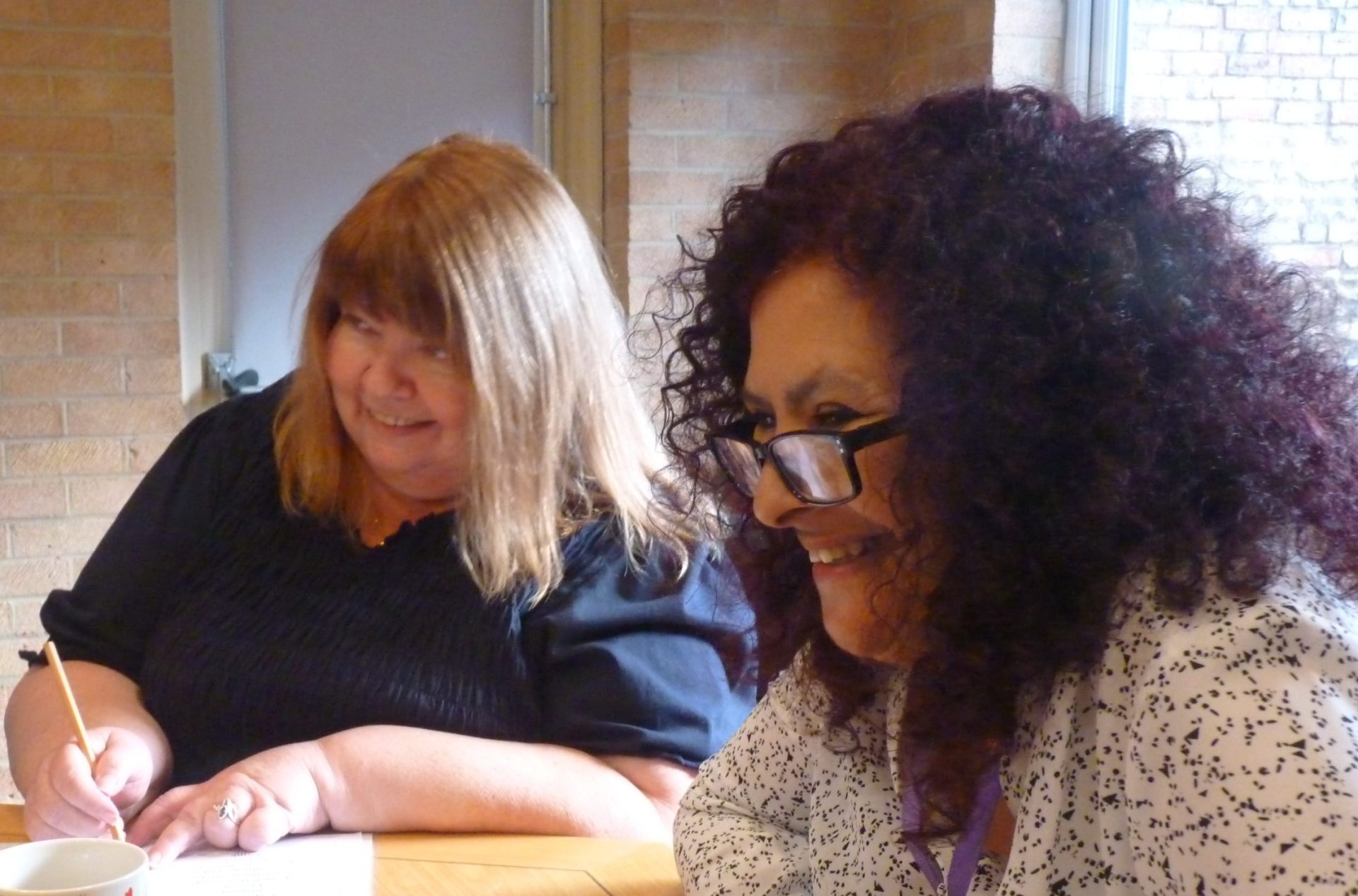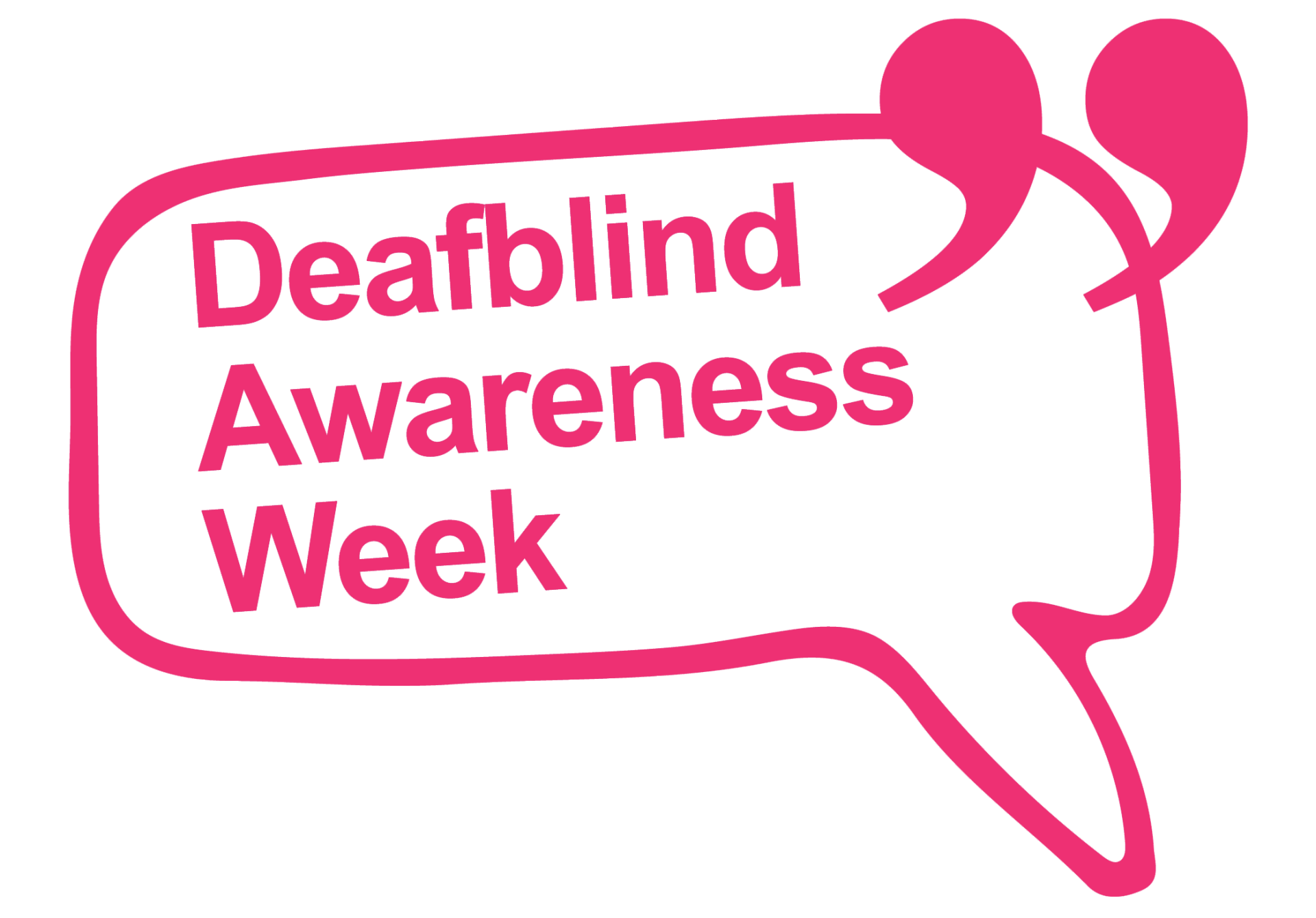Deafblindness is perhaps one of the least understood disabilities. Many misconceptions around deafblindness simply come from not understanding the wide spectrum of health issues that can lead to hearing and sight loss. We aim to promote as independent a lifestyle as possible. This is in fact a lot more achievable than some may believe, so we decided to separate fact from fiction.
Myth 1: Deafblindness means no sight or hearing whatsoever
Many people who are deafblind have some vision or hearing, but combined sight and hearing loss will affect everyone differently. There are actually two kinds of deafblindness: congenital deafblindness, which affects hearing and vision from birth and acquired deafblindness. This can happen as the result of a health problem, an accident or, simply, ageing. You can read more about deafblindness here.
Myth 2: Everyone who is deafblind uses use a cane
Whether or not someone uses a cane depends on their personal preference. Many people with severe visual impairments have light perception, for example, or they may be comfortable getting around in familiar situations. Alternatively, they may prefer to walk with a guide dog or another person.
If you do see someone with a cane, a red stripe on the white cane indicates that the person is deaf and blind.
Myth 3: People with deafblindness cannot use phones
The age of assistive technology has made communications easier than ever. At Deafblind UK, we regularly hold workshops to introduce our members to the latest apps, reading devices, virtual assistants and much more. Many of our members have commented on their love of programs such as Skype, as well as gadgets to make reading easier. Click here to read more about our technology service.
Myth 4: People with deafblindness all read Braille
This is almost the polar opposite of true! In fact, very few of the deafblind population use Braille. For many people, large print text and audio are suitable alternatives. Click here to read more about deafblind communication.
Myth 5: Deafblind people always use touch to communicate
Similar to Braille, not everybody communicates or receives information using touch. A common misconception is that all deafblind people will feel another person’s face to identify them. Quite simply, if somebody wants to know who you are, they will ask!
Just like everybody else, people with deafblindness communicate and access information using a range of methods, including:
- Deafblind Manual
- Block alphabet
- British sign language
- Clear speech
- Lip reading
- Tactile finger spelling
Myth 6: Hearing aids make your hearing perfect
If you have a hearing impairment, hearing aids will not make your hearing “normal”. Rather, they will amplify the sound that you pick up. Hearing aid wearers need to adjust to the sudden amplification of noise, and may benefit from lip reading and other non-verbal communications, in addition to wearing hearing aids.
Myth 7: Deafblindness makes your other senses superhuman
There’s a common belief that people with sensory loss “compensate” for this in extraordinary ways. This is not a superpower however; it is simply that people with deafblindness have learned to adapt to noticing different things. People with dual sensory loss will not get as distracted in crowded environments, but they may notice the slightest breeze or the vibration of a foot on a floorboard. It is simply their way of processing their surroundings.
Myth 8: People with deafblindness cannot enjoy high-flying careers or good education
Our members will tell you themselves that this is simply not true! Member Di has Antley Bixler Syndrome, but has visited every corner of the earth, gained a degree in English and Philosophy, and plays two instruments. She’s also published her own poetry anthology.
You may have heard of Helen Keller. Each year, we honour her birthday with Deafblind Awareness Week. Born in 1880, Helen was the first deafblind person to earn a Bachelor of Arts Degree, and was also well known for her political activism.
Myths: Busted
Truly, there’s no reason why people with dual sensory loss should be looked upon any differently than anybody else. From the 19th Century to modern day, people from all walks of life have been leading enriching lives, adapting to their own health conditions. Our job is just to make it a little easier.




